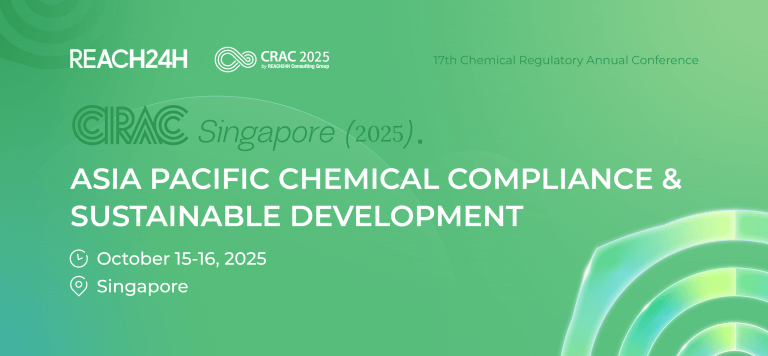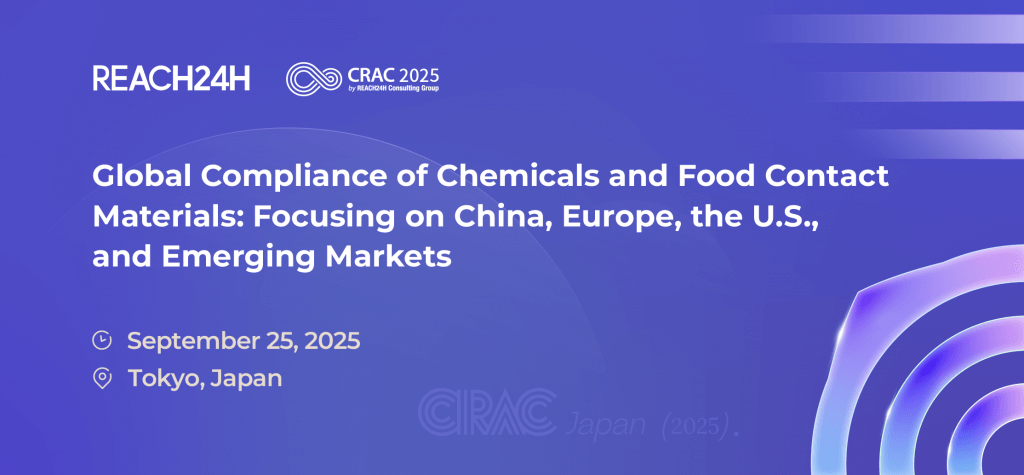On June 9, 2020, China's Taiwan region finalized the Guidance on Existing Chemical Substances Standard Registration. It was initially drafted in March and updated in September 2019. The Guidance includes:
Chapter 1 for introduction of regulations and terms
Chapter 2 for registration process
Chapter 3 for data waiving
Chapter 4 and 5 for information requirements and data sources for reference
Chapter 6 for dossier review, management and information disclosure
The first batch of 106 priority existing chemical substances (PECs) were designated in 2019 as Annex 6 of the revised Regulation of New and Existing Chemical Substances Registration [2]. A priority existing substance if manufactured or imported in quantities greater than one tonne per year in Taiwan, China is subject to mandatory standard registration from January 1, 2020. Joint registration is voluntary. The manufacturer or importer can appoint a third party representative (TPR) to comply with the obligations on their behalf. The registration deadlines for PECs are based on the volume indicated when applying for phase 1 registration (pre-registration/late pre-registration) and the date on which the phase 1 registration code is obtained. Companies especially those who had finished phase 1 registration before the end of 2019 with a high volume (100+ tonne/year) were feeling a headache since they would have to complete standard registration by 2021 while the most important Guidance wasn't released in time to guide data gap analysis, let alone the fact that the whole industry is greatly impacted by the COVID-19 pandemic. To ease the burden for companies, China's Taiwan Region will accept more diversified data and allow registrants to submit the hazard and exposure assessment report later. In addition, the authority is assessing the possibility to postpone the registration deadline for the 106 PECs. The authority encourages registrants to firstly cite international public databases for data, then use systematic literature reviews, QSAR, read-across, and testing proposal. Animal testing should be a last resort to minimize duplicate tests. The Guidance specifies 16 recommended public databases that can be accepted for acquiring data for all endpoints. It lists the endpoints (all 15 physicochemical properties, 4 toxicological data, all 16 eco-toxicological data) that can be acquired from QSAR or read-across. Testing proposal can be accepted for 4 toxicological data and 11 eco-toxicological data.Read more for the authority allows registrants to only submit the first seven items to obtain the registration code.





